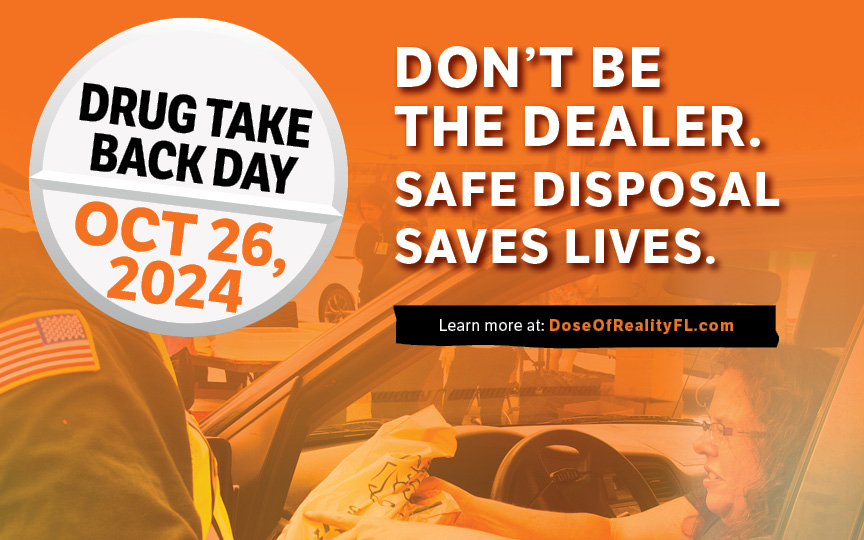According to the National Institute on Drug Abuse, nearly 1 million adults over 65, live with a substance abuse disorder. Between 1995 to 2010, opioids prescribed for older adults increased by a factor of nine. A recent SAMHSA report estimates nearly 90% of seniors have at least one prescribed medication. Misusing prescription pain relievers among older adults is associated with negative health outcomes, including falls, hip fracture, and traffic accidents. Since older adults have the highest rate of chronic pain over other age groups, seniors and caregivers should be aware of the risks associated with use prescription opioids
If You Suspect You or the Senior Under Your Care is at Risk
If you are over 65, or notice that an adult in your life over 65 years of age, has begun losing interest, has become withdrawn, depressed, hostile or fatigued for no reason, you may think it might be part of the aging process. But many of these behaviors can also be signs of opioid misuse, or drug-related issues.
Here are some signs that could mean a person over 65 is at risk:
- Appearing over sedated, disoriented or impaired
- Poor balance or unsteady gait
- Requesting early refills
- Reporting that their medications have been lost or stolen (particularly if this occurs more than once)
- Poor hygiene or disheveled appearance
- Appetite changes
- Mood swings or major personality changes
- Increased isolation
- Demanding narcotic drugs at visit to the doctor
- Apparent doctor shopping
What Seniors and Caregivers Can Do
- Understand the risk factors for misuse of painkillers: improper use, depression, anxiety.
- Talk with the seniors under your care about the risks and dangers of prescription painkillers, especially opioids (or narcotics).
- Encourage seniors to ask healthcare professionals for non-narcotic painkiller alternatives if prescribed.
- Let seniors know that you will stand by them and offer support.
- Store any prescription painkillers in a locked storage box, drawer or cabinet to limit access.
- Encourage seniors to keep a log of when they take their medications which includes, medication name, date, time, dosage, and total number of remaining patches or pills in the bottle. For liquid medication, you can mark the level on the bottle after taking the dose with the date and time.
- Do not keep unused or unwanted prescriptions; dispose of them at a Drug Take Back location.
- Ask about senior caregiver/care facility policies on prescription drug policies and encourage administrators to share proper use and/or misuse of narcotic painkillers.
- Watch for signs of misuse.
For Professional Caregivers and Facilities
In addition to the suggestions above, senior living facilities, home health aides, residential care facilities, nursing homes, elder day care facilities and other professional senior care personnel and facilities can help raise awareness and educate about the risks of prescription painkiller misuse by:
- Reviewing senior caregiver/care facility prescription drug policies and consider including proper use and/or misuse of narcotic painkillers.
- Training staff to look for signs of substance use disorder with seniors, their family members, and in co-workers.
Resources
- Find a Treatment Center near you or call 1-800-662-HELP (4357)
- Find a Drug Take Back location near you
- Learn more about Flip the Script, an opioid awareness campaign created for older adults, their caregivers, and their health care professionals
Materials
- Fact Sheet for Seniors and Caregivers
- Fact Sheet for Seniors and Caregivers - Spanish
- Safe Storage and Disposal Brochure
- Safe Storage and Disposal Brochure - Spanish
